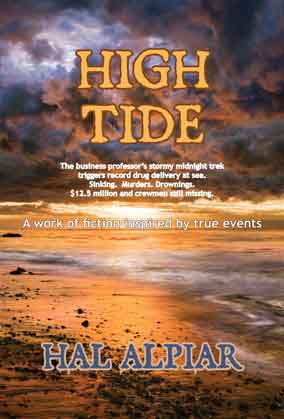Aug 04 2013
WORKING WITH VOLUNTEERS
With Volunteers,
Exceptional Leadership
Can Bring Exceptional Success
But working with volunteers demands exceptional leadership. Why? Because anything less can spell exceptional failure and — at the very least– produce exceptional frustration. When a nonprofit, for example, needs to depend on volunteer groups to handle special or ongoing projects, the odds are that one or more of five problem areas will surface.
According to Ed Bancroft, world renown leader in organization and management development, community development, and race relations, the five “Common Problem” areas that emerge in working with volunteer groups consist of:
1) Having too many goals
2) Lack of an adequate contract
3) Lack of leadership and accountability
4) Lack of rewards or recognition
5) Lack of attention to group process
When a volunteer group of any composition attempts to get started, there is a tendency to attempt more than can realistically be accomplished. So the basic tenets of effective goal-setting need to be addressed right from the git-go. Those criteria, together with some other goal-setting thoughts, are here and here and here.
After starting with a Priority Task List, Bancroft suggests charting answers to: WHAT will be done? HOW will it be done? WHO will do it? WHEN will each task be completed? and BY WHAT DATE will the goal be accomplished?
The most successful volunteer groups start with a (very specific) agreement regarding each person’s role and expectations, and in matching each individual’s strengths to the tasks at hand. (Tight agenda) group meetings, (specific) written job descriptions, and a permanent “How Goes It?” focus on ongoing progress are all means to the ends.
A great many volunteer groups stumble along, reluctant to deal directly with leadership accountability. This single shortcoming can undo the best of intentions and efforts. Clear role definition, including having a fulltime volunteer coordinator (or staff member), who links the volunteers with paid staff, helps ensure that volunteer energies are maximized.
Volunteers work for the good of the cause but also for personal recognition, and some form of reward for specific achievements. And, always praise in public! Volunteers should get priority consideration for staff appointments, be offered as much appropriate training as possible.
Remember to appreciate volunteers for what they give up: Besides time and energy, for example, there are often expenses they absorb for baby-sitting, lunches, and transportation. Free or discounted lunches, work time beverages and snacks can go a long way. Some volunteer programs qualify for Federal funds, United Way, or foundation grants to reimburse volunteers.
Most volunteer groups are not tuned into “Process” — how they work together and how they need to work together. They tend to lack awareness of essential communication and decision-making methods. Workshops focused on these skill sets and an appointed (very objective) Process Observer can be designated to provide ongoing feedback on what she or he observes of group dynamics.
The excitement and enthusiasm levels generated
in volunteer groups is directly proportionate to
the attention given to the issues outlined above.
# # #
Hal@TheWriterWorks.com or comment below.
Thanks for visiting. Go for your goals! God Bless You!
Make today a GREAT Day for someone!


